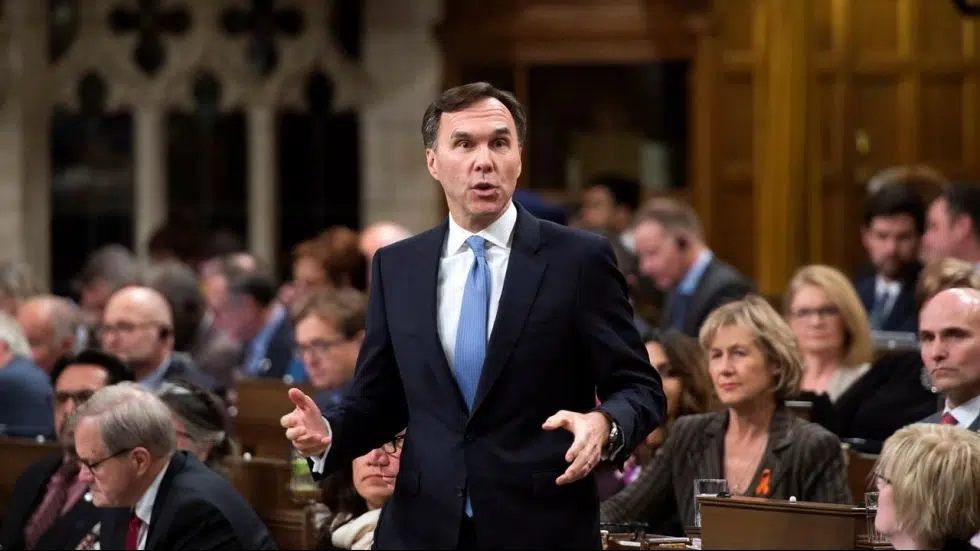
Federal budget projects $18.1 billion deficit for 2018-19
OTTAWA —The Trudeau government has tabled a budget that will use billions of dollars worth of fresh fiscal runway for new investments — but it leaves Ottawa with no timetable for balanced books anywhere on its horizon.
Finance Minister Bill Morneau’s budget will channel the extra dollars into new spending that he’s banking on to lift Canada’s long-term growth.
Morneau says the new spending will be carried out in a responsible way and argues his earlier investments have already produced encouraging economic results.
Compared to the fall, the government has $19.8 billion in additional cash to play with over the next six years — an average of $3.3 billion per year in extra fiscal elbow room.


